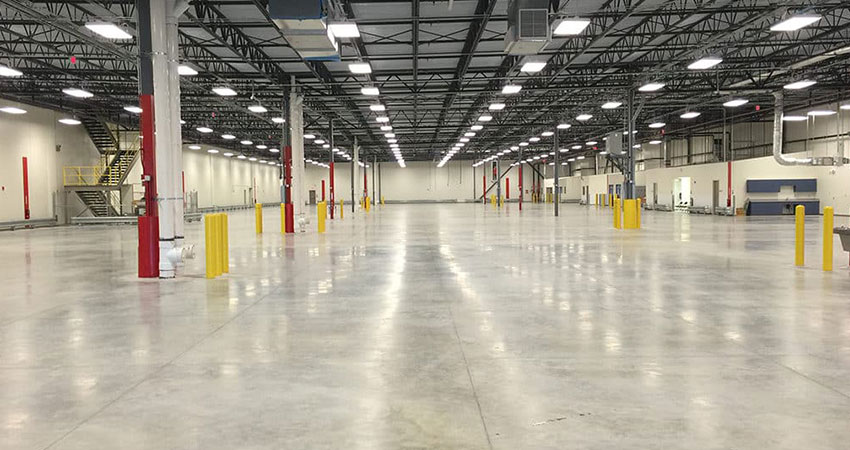Multiple factors are driving continued greater demand for smaller warehouse facilities vs. big-box fulfillment centers, as companies scramble to position inventory closer to customers and trim ecommerce supply chain costs, according to a new report from CBRE.
So-called light-industrial properties, between 70,000 and 120,000 square feet, account for more than half of total U.S. warehouse inventory, with an availability rate that has dropped nearly 4% over the past five years, from 11.3% to 7.4%, CBRE said.
By contrast, vacancies for facilities in the 120,000-250,000 square foot range dropped from 12.2% to 8.6% over the same period, according to CBRE, while falling from 11.9% to 8.9% for those larger than 250,000 square feet.
Consequently, average rents for buildings in the smaller category have increased by more than 30%, nearly double that of buildings larger than 250,000 square feet (up 16%), while increasing 23% for buildings in the middle category.
“This trend (of greater demand for smaller facilities) is happening not just cities, but anywhere people tend to cluster, in the suburbs as well,” said David Egan, Global Head of Industrial “They’re looking for some sort of position to be able to deliver on their service promises.”
The reason the five-year period is significant, Egan said, is that it’s a natural evolutionary period between development of mostly big-box fulfillment centers, and the consequent need for smaller facilities to connect those hubs and their inventory to population centers.
“Also, the economy has been expanding for a long time, causing an uplift in smaller business growing and expanding, and a lot of them tend to locate in these same buildings as well,” Egan said. “You layer in new retail and ecommerce, and there’s a lot of competition for the same spaces and greater demand because there’s not a lot of delivery of new supply.”
Available space for new development of smaller facilities in or near population centers is extremely scarce and thus very expensive, on top of which developers often face local opposition, making repurposing of existing buildings into smaller FCs seem a natural opportunity. In fact, new development has accounted for only 1% of total light industrial inventory since 1990, according to CBRE.
But, Egan said, redevelopment projects come up against the same types of roadblocks such as local board approvals and upset residents, driving up costs, extends timelines and making them less palatable for developers.
“Conversion is a good idea, but they face the same issues,” he said. “On paper it’s the perfect solution, but the real world pushes back against that.”
So-called micro-fulfillment centers, smaller operations that rely heavily on automation, are a growing trend but only one option available to ecommerce companies looking to crack the code of the last mile in populated areas, Egan said.
“They may be the answer for some, not for others,” he said. “Companies need a lot of flexibility in terms of pursuing different ideas. I see some users going super small, or using a (formerly) retail footprint. It’s definitely true that given limits of time and space, they need to occupy close to people if they want to deliver quickly. There’s a lot of pressure in those locations, a lot of creativity, and chances are someone has been there before them.”

